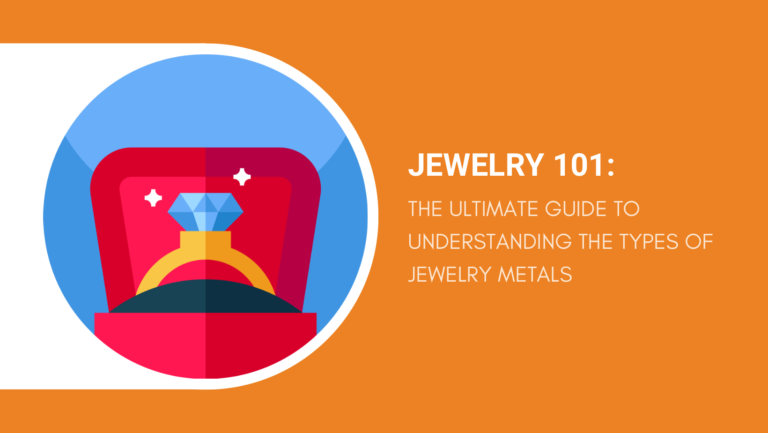The fashion industry is large, and in addition to clothing and shoes, jewelry also makes up a significant portion of the market. Celebrities frequently adorn themselves with the brightest and most contemporary jewelry designs, making it a very lucrative business.
Do you know yet which metals are best for expanding your brand? In this article, we’ll go over the different metals that can be used to make jewelry and how to use them to your brand’s advantage. Let’s get going.
Precious Metals for Jewelry Making
Precious metals, also known as noble metals, are rare elements that are chemically unreactive. Being rare metals, they are considered valuable, hence the name precious metals. Noble metals include gold, silver, platinum, osmium, palladium, rhodium, ruthenium, and iridium.
They are used in jewelry making due to their ability to resist corrosion and oxidation. Below is a description of common precious metals used for jewelry making.
Gold
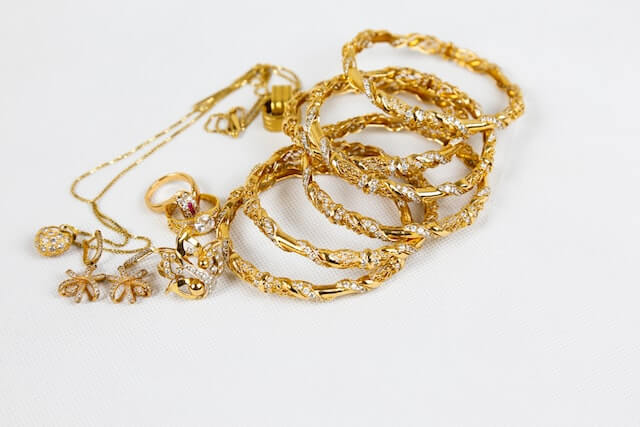
For years, gold has been considered among the most valued metals on earth due to its beauty, properties, and rarity. Most jewelers across the globe choose gold as their preferred metal for making ornaments. Why is that so?
Gold has superior features that allow jewelry designers to be creative and create unique pieces of jewelry that have not been in the market before. Some of the properties are as follows.
- Malleability – gold is extremely malleable, meaning designers can make jewelry in any shape and size.
- Colors – although pure gold exists in yellow, you can mix it with other metals to make different colors from rose, white, pink, red, blue, or green. This property helps jewelry suppliers have a variety of pieces for their esteemed clients.
- Hypoallergenic – pure gold does not cause any allergic reactions. For this reason, people prone to allergies will prefer gold jewelry to other metals. However, some alloys of gold are not purely hypoallergenic.
On the flip side, however, chlorine and some rare acids can cause some damage to gold ornaments. You should avoid going into the swimming pool or treated water in general with your gold pieces.
Silver
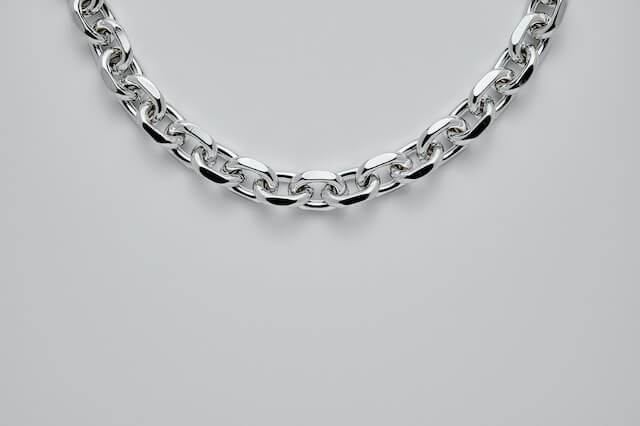
Silver is another top choice of metal for designers. Over the years, it has been highly recognized as a jewelry metal choice and valued more than gold at some point.
Although it is quite affordable compared to gold, silver has some good qualities that make it an outstanding jewelry metal. Pure silver is soft; hence, the best silver pieces will be sterling silver, which is approximately 92.5% silver, and the rest consists of other metals.
Additionally, you will come across silver-plated and silver-filled. The former has a thin layer of silver (not durable), while the latter has a thicker silver layer (more durable). Silver properties are:
- Malleability – just like gold, silver is quite malleable, giving designers leeway to create eccentric pieces in different forms.
- Luster – silver has a shiny luster that makes it a good metal for jewelry making.
- Color – it is considered a white metal. Others refer to the color as silvery-white.
Platinum
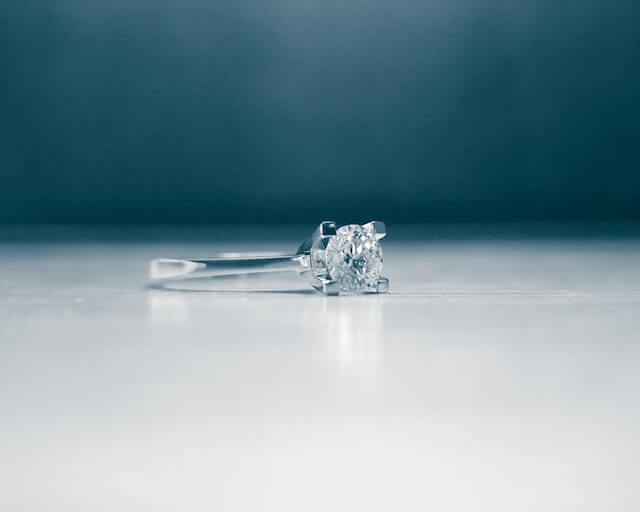
Jewelry enthusiasts are already aware of the value of platinum in the industry. Unlike the popular belief that gold is the most expensive jewelry metal, platinum is more valuable than gold.
It is more durable, does not tarnish, and, just like other precious metals, it is rare. For years now, platinum has been used as a premium metal for engagement and wedding rings. It is also a white metal, resembling white gold.
Platinum applies to other industrial uses as well. Properties include:
- Hypoallergenic – platinum does not cause allergic reactions.
- Durable – it does not tarnish, hence, requires no polishing, and lasts longer. Platinum is a very strong metal, and this property makes it a suitable metal of choice when making premium pieces.
- Malleable – platinum can be shaped into various shapes and sizes due to its malleability.
Base Metals for Jewelry:
Base metal in jewelry means mixing different metals to form a strong and suitable product for jewelry making. The resultant metal has desirable properties that make it a good material for ornaments.
The most common base metals include nickel, aluminum, copper, zinc, lead, and tin. Base metals are also readily available and cost-effective, making them suitable options for starting your jewelry business or learning to be a jewelry designer.
Aluminum
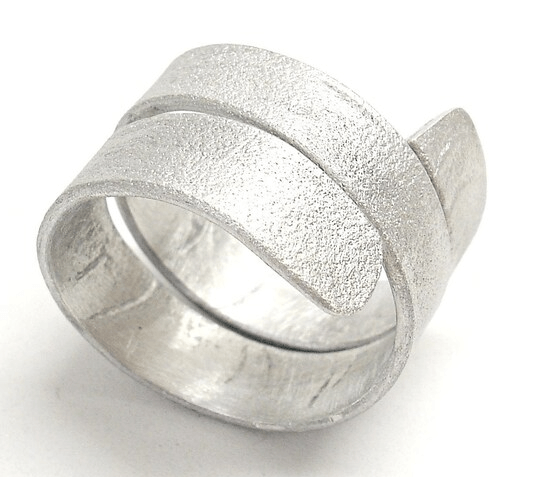
Aluminum is an abundant mineral; it is the second most common mineral on earth. It is popularly used to make utensils; however, it is also applicable in jewelry making. It is lightweight, allowing designers to make large pieces.
Additionally, it is corrosion-resistant, malleable, and permits dying different colors.
Tungsten
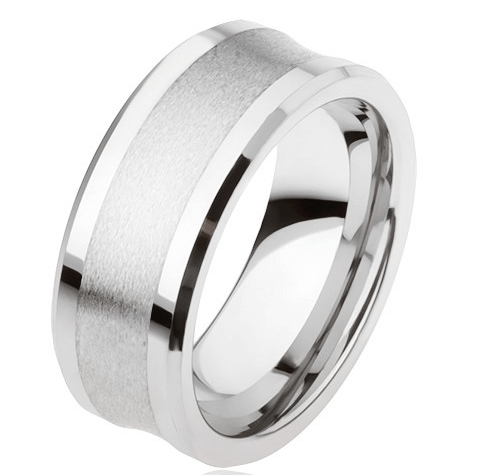
Tungsten is the second hardest metal on earth after diamond. It is very dense, gray in color, and has a high melting point. Tungsten is an excellent choice for jewelry making because it is scratch resistant and lasts longer.
Most engagement and wedding rings consist of tungsten due to its durability. Tungsten is also hypoallergenic.
Copper

In the earliest civilizations, copper was the first metal used to make jewelry. Over time, copper was used as an alloy with other metals since it tarnishes and oxidizes when pure. It is cheap, making it a suitable metal to practice your designs on.
In addition, it is easy to work with copper. Copper is reddish-orange, meaning jewelry pieces made from copper are alluring.
Bronze
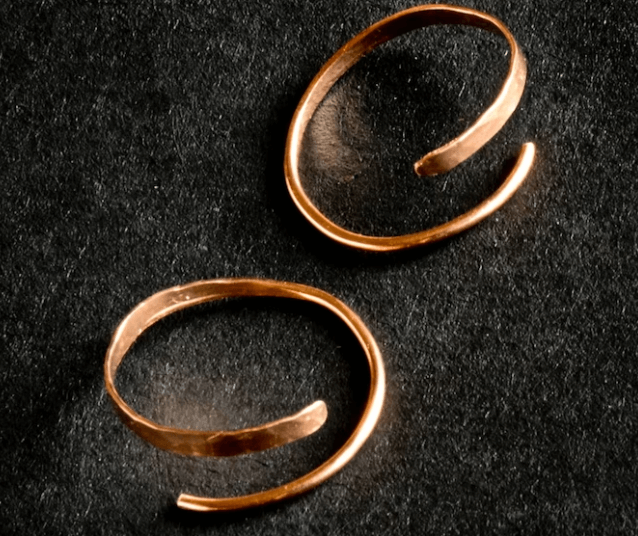
Bronze is an alloy of tin and copper. These two metals are soft when used solely; however, when mixed, they produce a harder metal suitable for jewelry making. Bronze is durable and allows designers to make delicate designs that other metals cannot.
The metal is brown and is also very affordable. Its drawback is that it tarnishes and turns into a darker shade. Also, when dealing with bronze, you should be aware that some may contain lead, which has been proven to have negative health effects.
Alloys for Jewelry
In most cases, precious metals are mixed with other metals to make alloys. These alloys frequently outperform pure precious metals in terms of properties. However, they might also add some setbacks to the product.
Gold Alloys

Since gold is quite a soft metal, it is not very durable, especially for day-to-day jewelry pieces. Hence, designers mix gold with other metals, such as nickel, copper, zinc, manganese, silver, and so on.
These other metals add durability to the product, making it more suitable for regular use. Moreover, gold alloys have different colors, adding diversity to your collection.
- White gold is an alloy of metals such as nickel, palladium, tin, and silver with gold. The mixture produces the characteristic white-gold color. Although nickel is popular as a white gold alloy, it produces allergic reactions, making it unsuitable for many clients who react to it.
- Yellow gold consists of gold plus any of the following metals: copper and zinc.
- Rose gold is also a mixture of pure gold and copper. Copper brings out the reddish pigment, which produces the rose color.
- Blue consists of iron and gold.
- Green gold comprises gold plus cadmium, zinc, or silver.
Also, alloys affect the karat of the pieces. Pure gold is 24 karats (100% gold), 22 karats (92% gold), 18 karats (75% gold), 14 karats (58% gold), and 10 karats (41% gold). 10-karat gold is considered to have the lowest concentration of gold. Anything lower is not recognized as a gold piece.
Silver Alloys

Being a soft metal, silver is easily damaged when used in its purest form. Hence, alloys of silver are most commonly used to make silver jewelry pieces. The following are the common silver alloys:
- Sterling Silver – comprises 92.5% silver and 7.5% other metals. Copper is the most common metal used to make sterling silver as it adds to silver’s hardness. The addition of copper makes sterling silver harder and more durable than pure silver, ideal for daily wear jewelry. It offers decent resistance to tarnishing but requires regular maintenance to prevent oxidation.
- Britannia Silver – consists of 95.84% silver, meaning it is valued more than sterling silver. However, it is not used for making jewelry as often as sterling silver. With a higher silver content, Britannia silver is softer than sterling silver, making it more prone to scratches or dents, thus less durable.
- Mexican Silver – is made up of 95% silver and 5% copper. This alloy, however, is commonly used to make currency rather than jewelry.
- Coin Silver – also generally used in currencies, it is 90% silver and 10% copper.
Other silver alloys contain less silver but are still used in jewelry making. When dealing with silver pieces in retail, 925 refers to sterling silver and 958 to Britannia silver.
Choosing the Right Silver Alloy
- Sterling Silver: The ideal choice for most jewelry, especially daily-wear pieces, due to its durability, beauty, and affordability.
- Britannia Silver: Best for special-occasion jewelry or high-end clients, emphasizing its purity and exclusivity, but its softness limits its use.
- Mexican and Coin Silver: Not recommended for regular jewelry unless tied to specific cultural or historical marketing themes.
Platinum Alloys
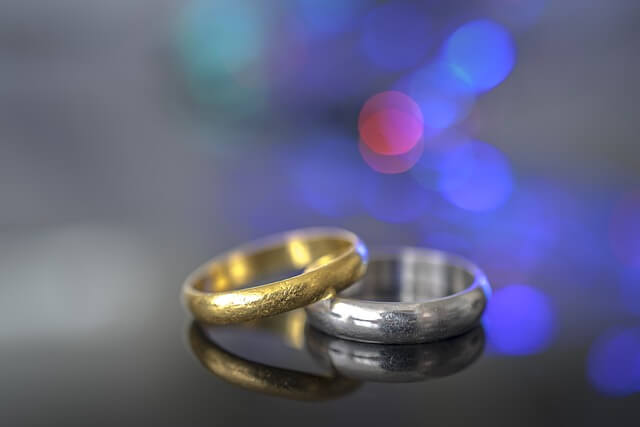
Platinum alloys include other precious metals such as iridium, ruthenium, rhodium, palladium, and osmium. Osmium is not usually used in jewelry making. Platinum alloys popular in the industry are those with iridium (10% iridium and 90% platinum) and ruthenium (5% ruthenium and 95% platinum).
An alloy of ruthenium is stronger than iridium. Other less common alloys of platinum comprise cobalt and tungsten.
Harmful Metals for Jewelry
Although there are various metal options to choose from, some of these metals may be harmful to your health. In the jewelry industry, some suppliers still use these harmful metals to make jewelry due to their properties and, most especially, their affordability.
As a retailer, you should be aware of such elements to avoid losing customers. They include, but are not limited to, the following:
Cadmium
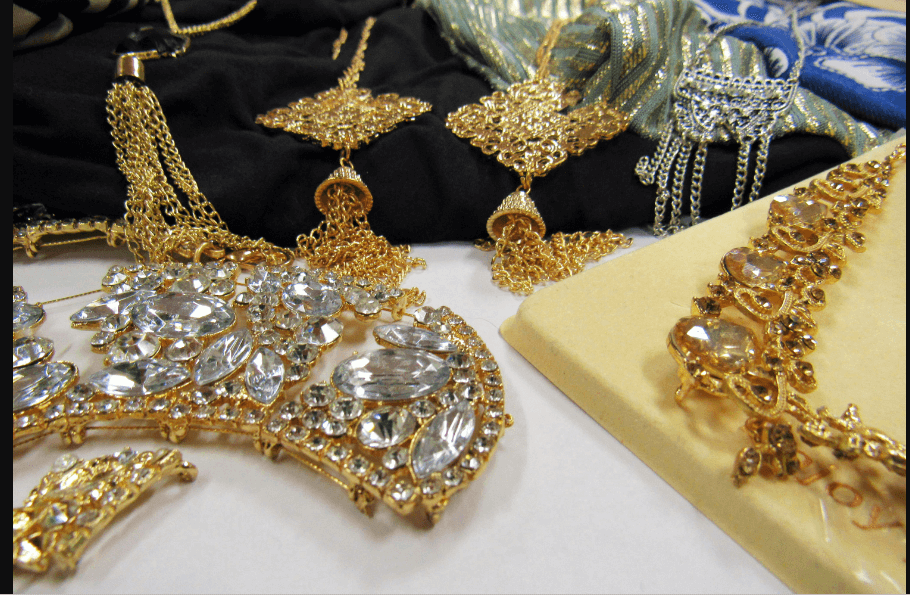
Cadmium toxicity has been attributed to the amount of metal used to make the pieces. It was discovered to be harmful when used for toys and jewelry pieces for kids. Kids tend to eat things; hence, they ended up ingesting them.
Cadmium causes kidney and bone problems. Adults are also at risk, since you may ingest some metal traces after contact.
Nickel

Although still widely used as an alloy with other metals, nickel has been associated with allergic reactions. Also, nickel is considered a carcinogenic agent. So it is best to avoid it if you can.
Lead
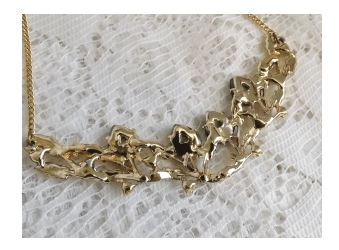
Lead is also harmful to human beings. Ingesting lead leads to poisoning with symptoms, such as muscle weakness, vomiting, and abdominal pain, which may lead to death. Furthermore, it has been linked to developmental delays in children.
How to Choose the Right Jewelry Metal
There are several factors affecting the choice of jewelry metal to use in your store. They are as follows:
- Cost – depending on your budget, you will have to settle on a metal within your budget. Some metals like gold, platinum, and silver, are expensive. Since they are precious metals, you will have to broaden your budget if you want to use them.
- Availability – most rare metals are expensive. Platinum is rare than gold, making it more expensive. Base metals and other metals are generally available and cost-effective.
- Clientele – as a retailer, you understand your clients better. If they are high-end clients, then you will have to go with precious metals and their alloys. However, if you are selling to the general population, it is best to deal with cheaper options.
- Metal Properties – different metals have different qualities. From durability, malleability, and softness, to density, all of these properties will determine which metal you choose. Also, when considering their qualities, you should factor in their usage.
FAQs
Which Metal Is Best for Jewelry?
Depending on what you want, each metal serves a specific purpose. For instance, tungsten and stainless steel are suitable for everyday usage since they are long-lasting. Precious metals are suitable for luxurious events like fashion shows.
Are Metals Harmful to Your Health?
Not all metals are harmful to your health. Some metals that you should avoid include lead, chromium, nickel, cadmium, arsenic, and more. Most other metals used are suitable for you and will not cause adverse effects on your health.
Conclusion
Whether you are a retailer or a designer, dealing with jewelry can be tough if you don’t have the right information. Your customers will be asking relevant questions about their pieces, and it is important to know the different metals used in this industry.
Moreover, the information will come in handy when sourcing suppliers to avoid selling low-quality products. At NicheSources, we ensure our clients get access to the best suppliers to help them not only make profits but also grow their brands on the international market.
Don’t be left out; get a free quote and start your success journey with us.
